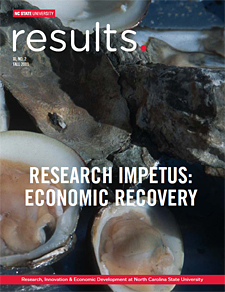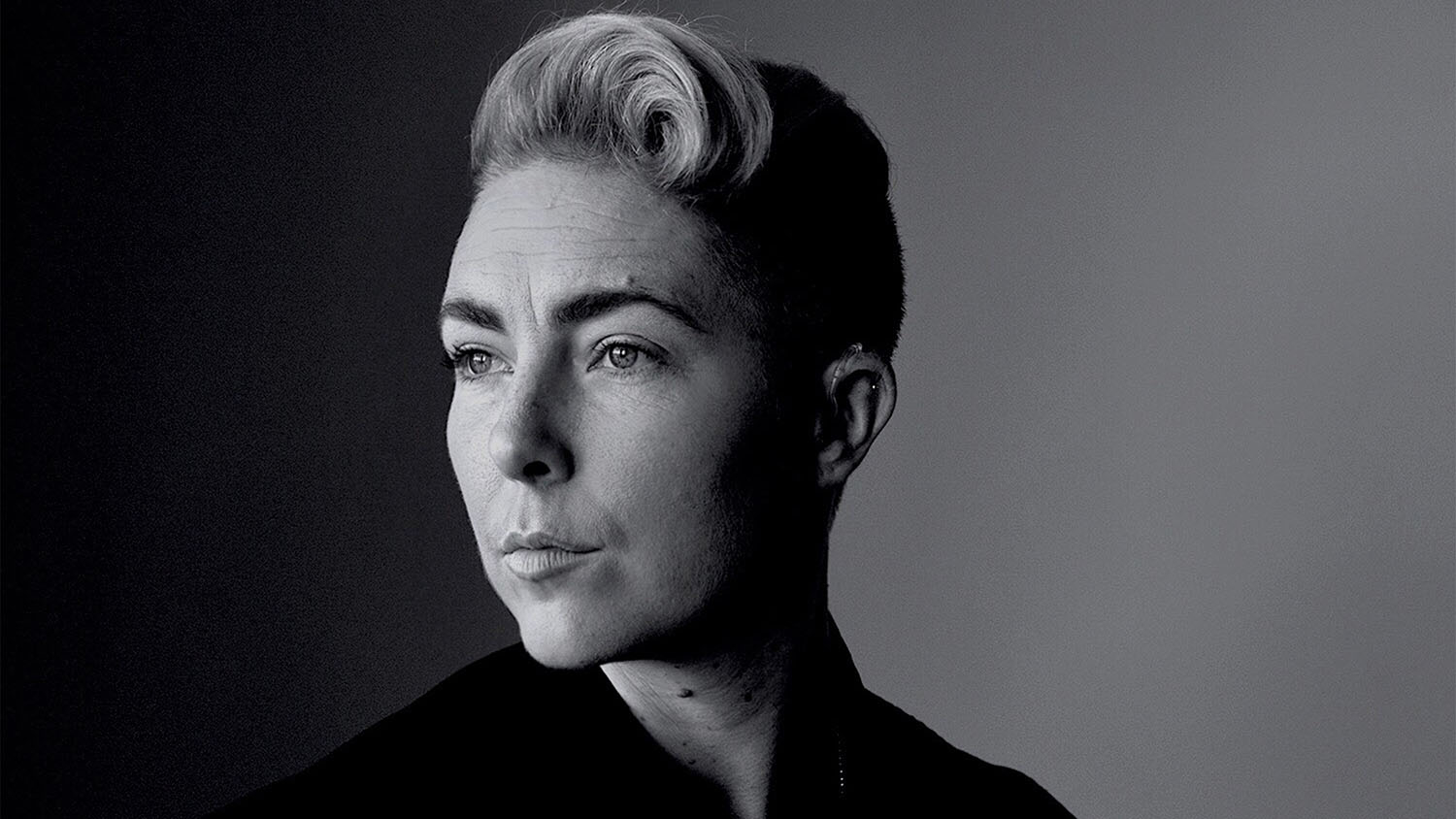Showing Heart in Fighting Viruses
A viral infection in the heart can kill the fittest athlete, but most people who contract such a virus fend it off, and it goes undetected.
Dr. Barbara Sherry, a professor of virology in the College of Veterinary Medicine, believes that understanding how the heart protects itself could lead to new ways of helping the whole body fight off viruses.
“The heart is constantly being barraged by viruses in the bloodstream,” she says. “Why do we win the battle most of the time?”
Infusion for Research
Sherry used a one-year, $375,000 Recovery Act-funded grant from the National Institute of Allergies and Infectious Diseases to hire two research associates to help study mechanisms the heart uses to protect itself: an antiviral response that differs from the response of other cells in the body and a protein that might help cardiac cells repair themselves.
That work has shown enough promise that the National Institutes of Health has awarded Sherry a five-year, $1.8 million grant to continue the projects.

Warning Flares and Heart Repair
For most cells, the interferon system signals that the body is under attack from a pathogen.
“The first few cells take one for the team and send up a flare so that the other cells can protect themselves against a virus,” Sherry says. Because cardiac cells cannot be sacrificed without damaging the heart, they use a continuous, low-level flow of interferon to “pre-arm” themselves to fight an infection instead of expressing interferon only in response to a pathogen.
At the same time, however, viruses figure out ways to block the signal from the cells. Sherry is studying how to deactivate a virus’ ability to extinguish the warning flare, and a possible key she has found is that viruses inhibit a protein that controls the activity of genes in cells.
Sherry also is working with RTI International in Research Triangle Park and the University of California-San Diego to study the proteins in cardiac cells to see if they provide a protection mechanism. She has identified one that helps repair cells after a heart attack and found that some milder viruses change the protein’s structure while more virulent forms can destroy it altogether.
“Most cells usually produce the protein only under stress,” Sherry says. “This could be a therapy for the body, not just the heart, to fight off viruses.”
- Categories:


